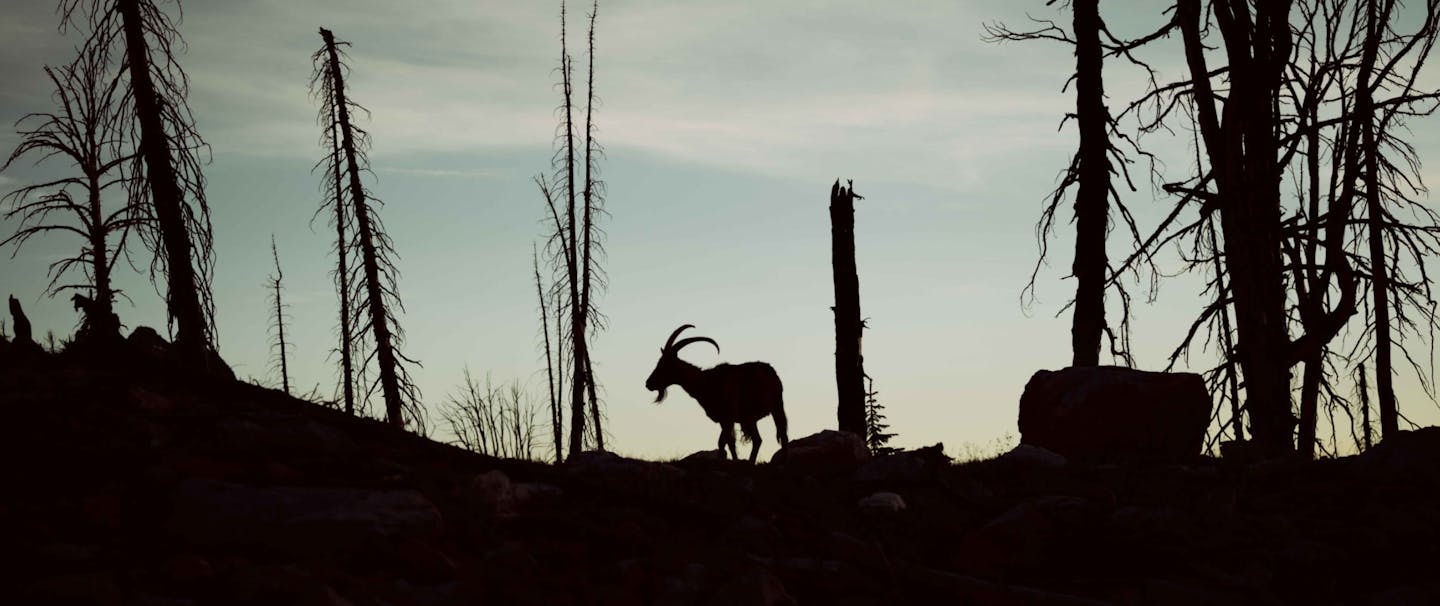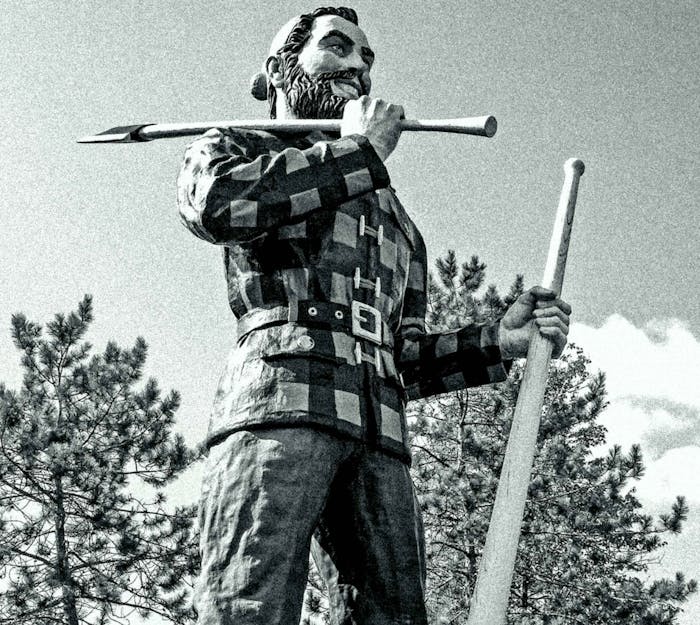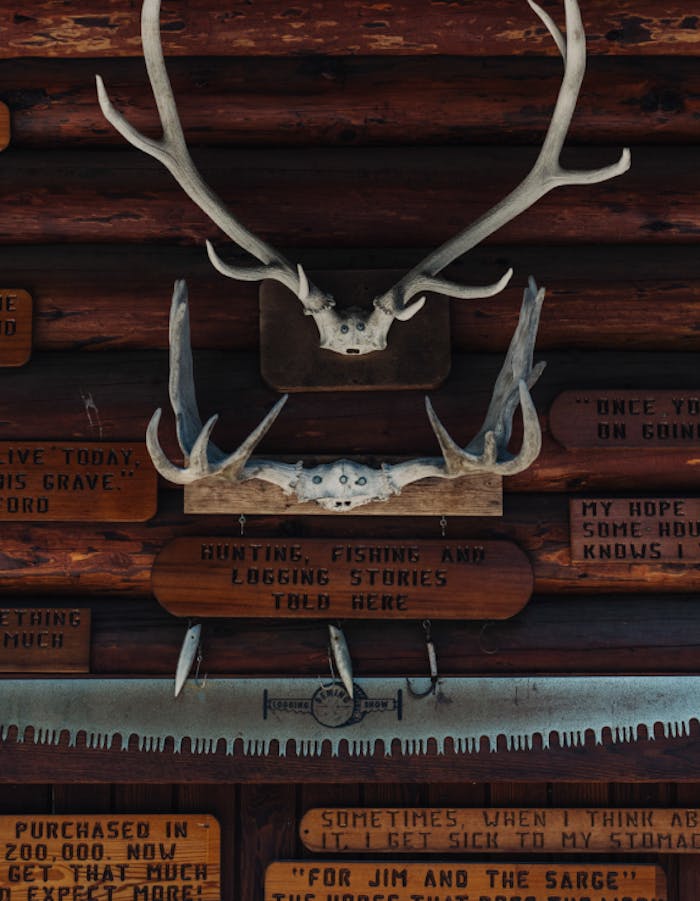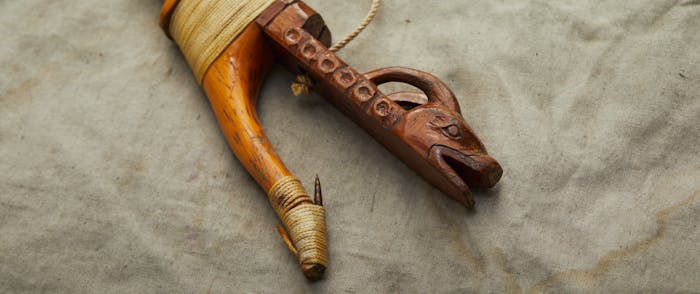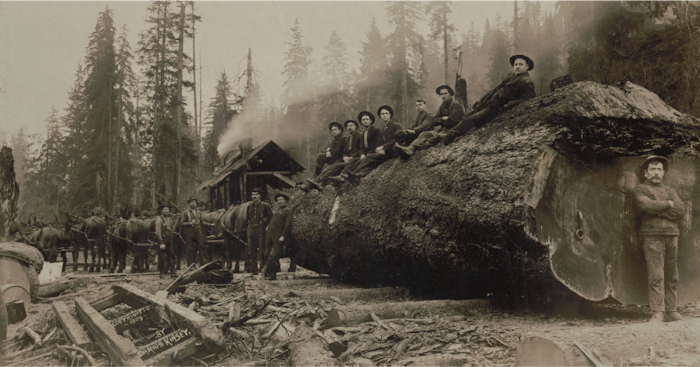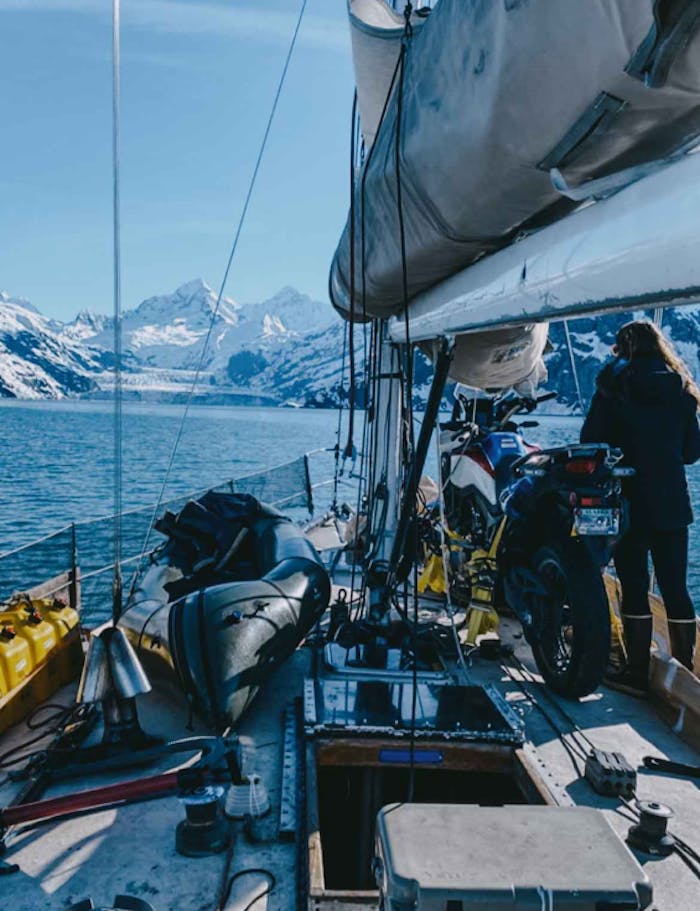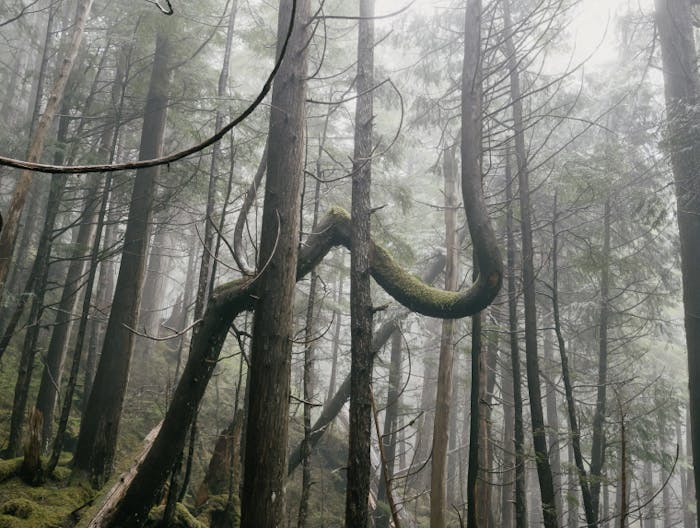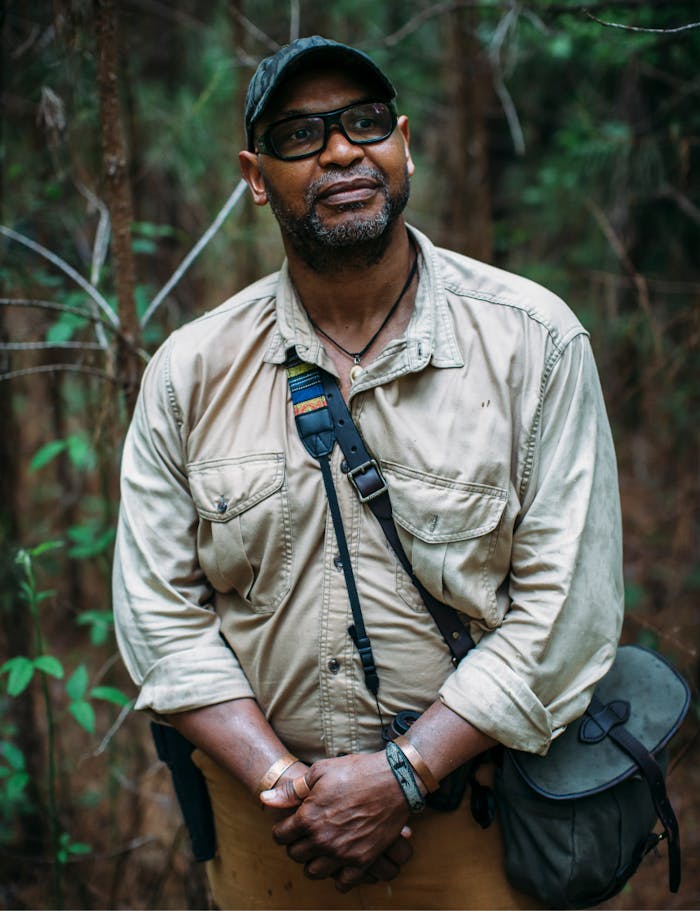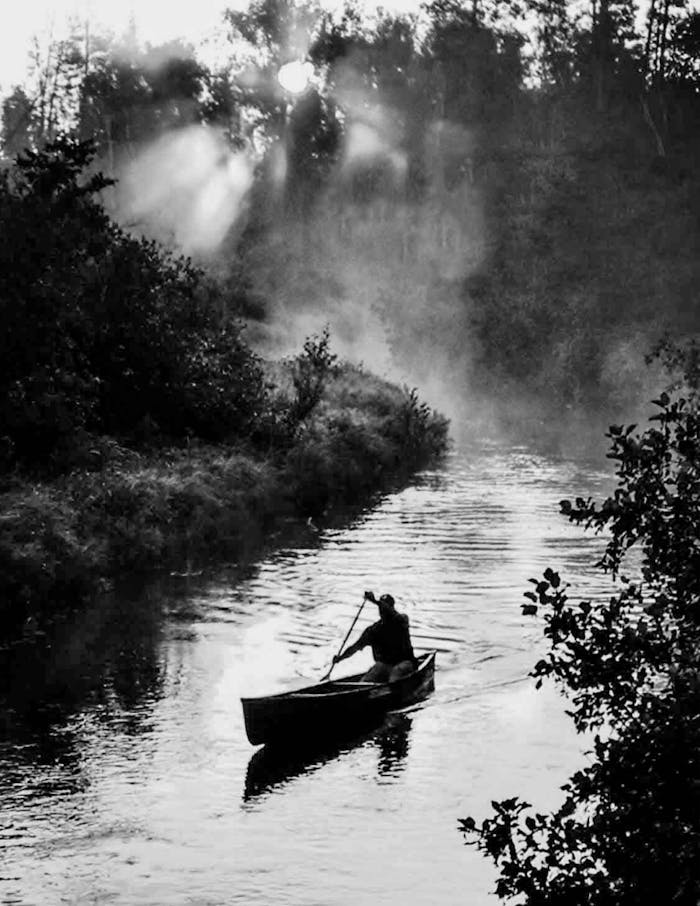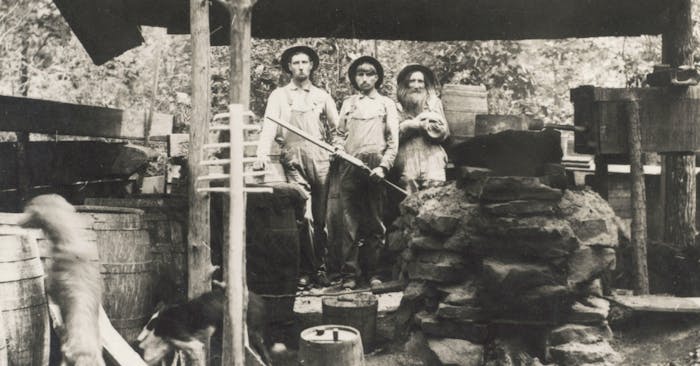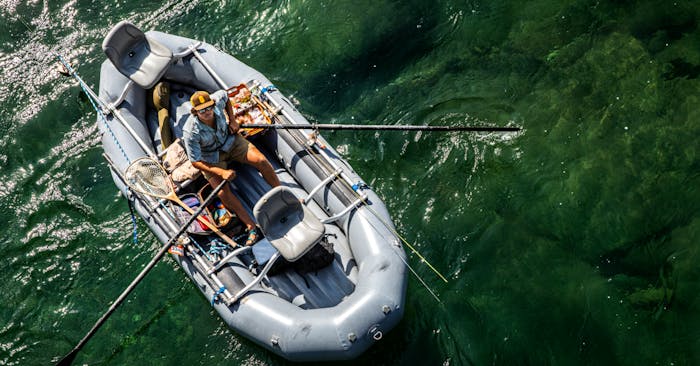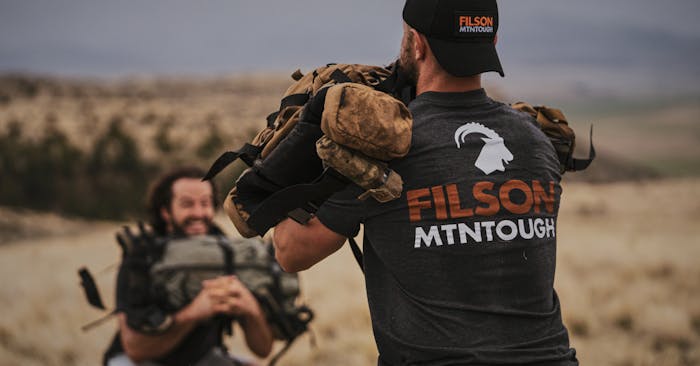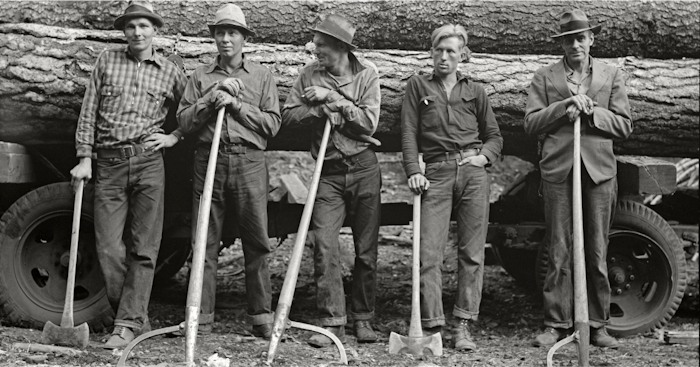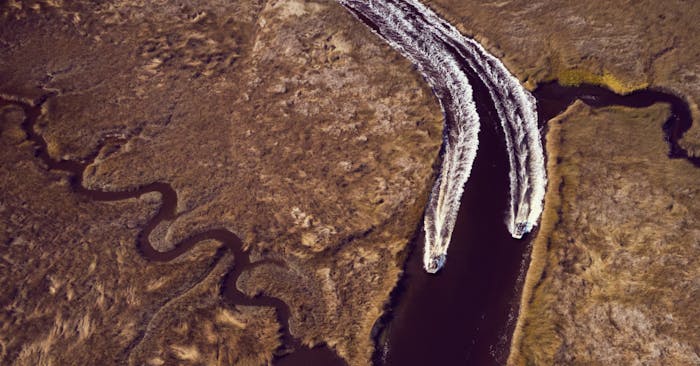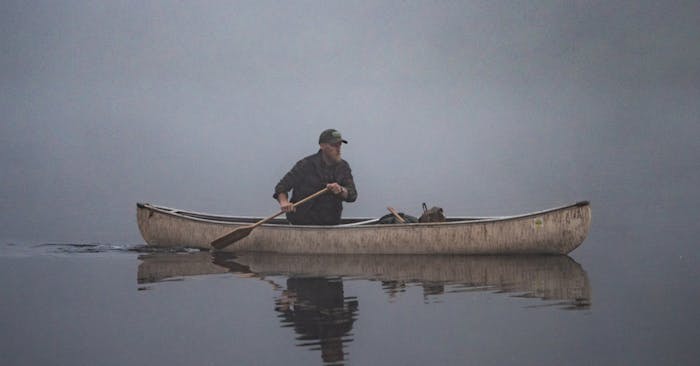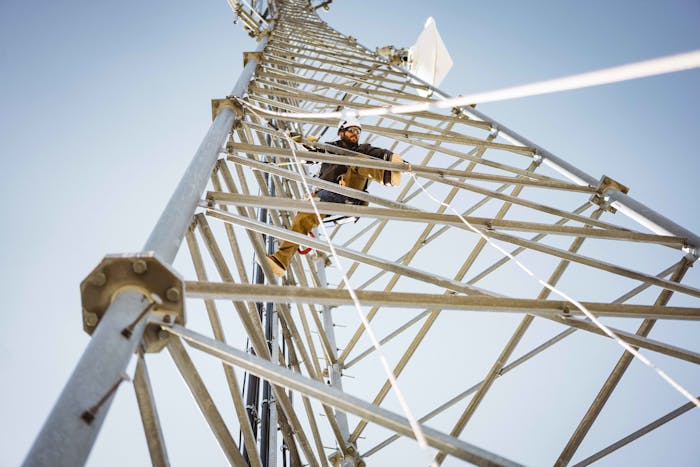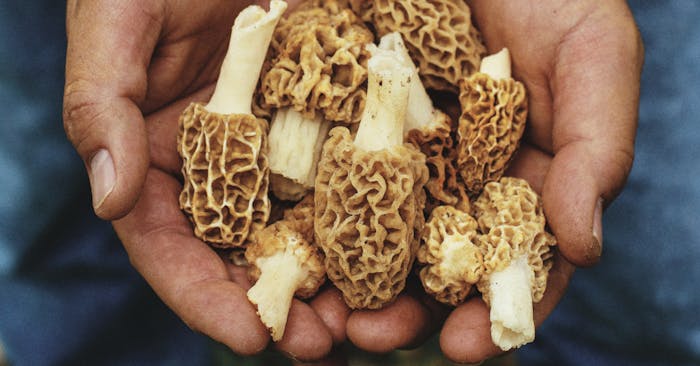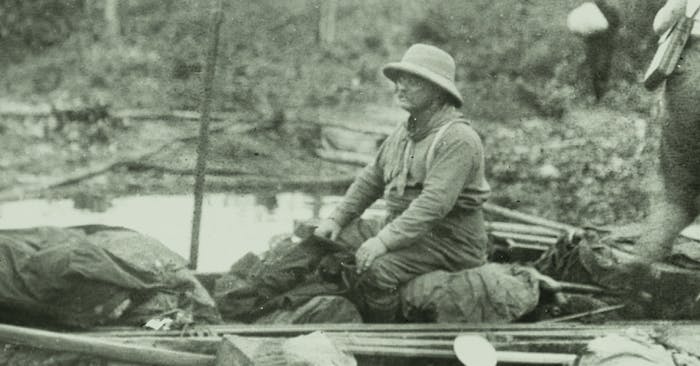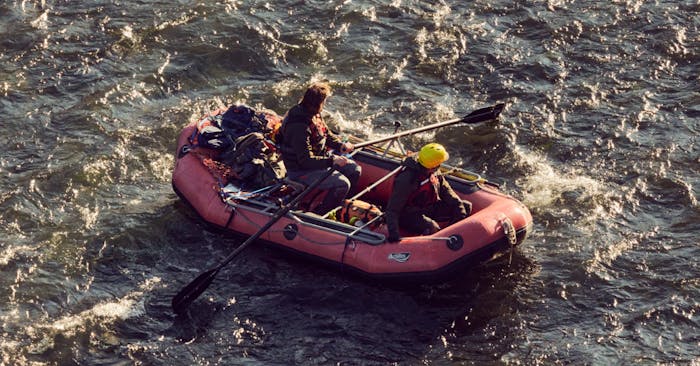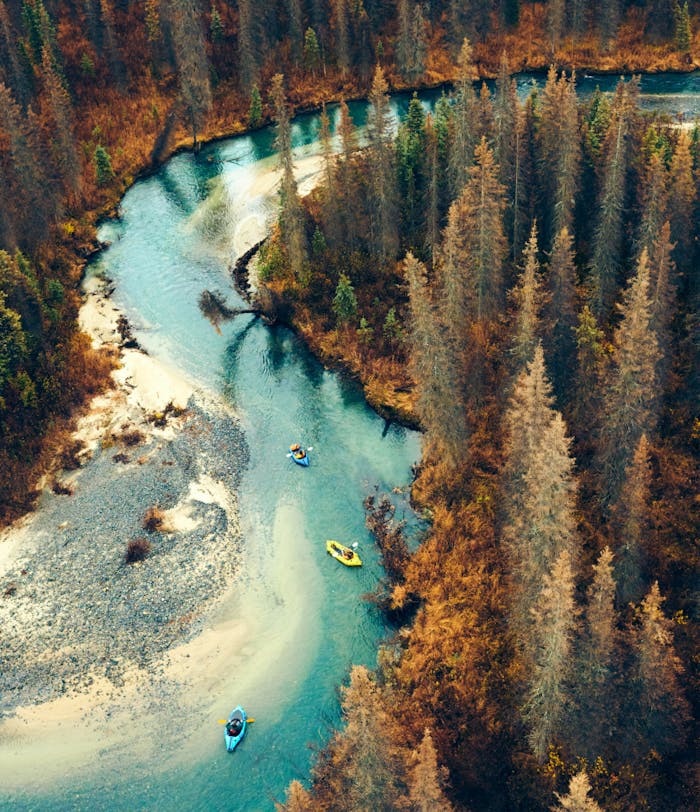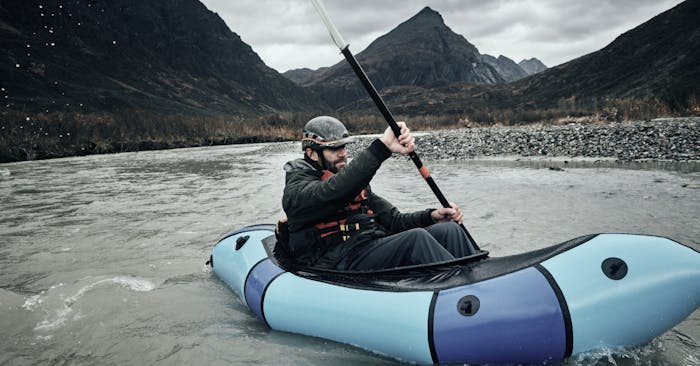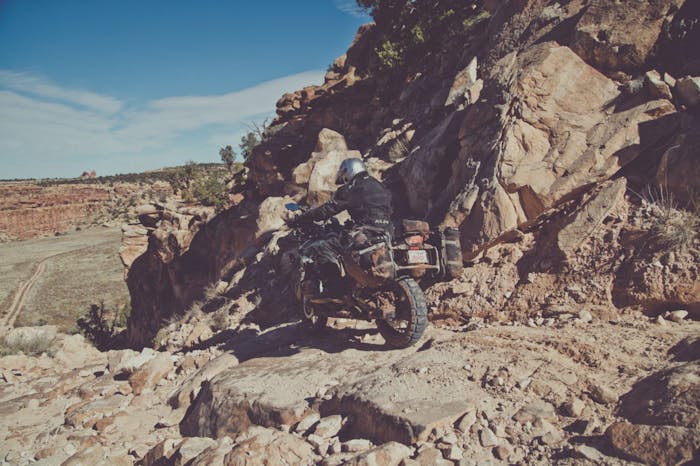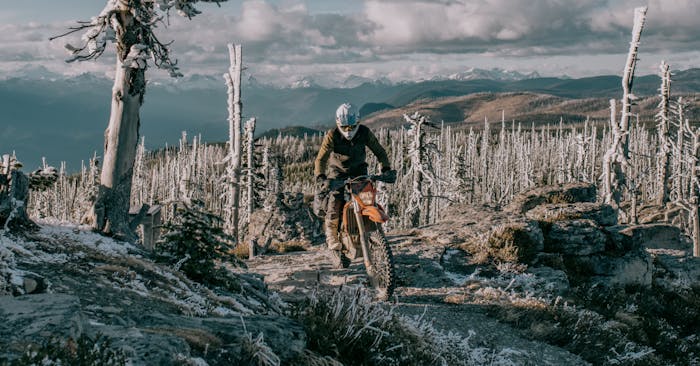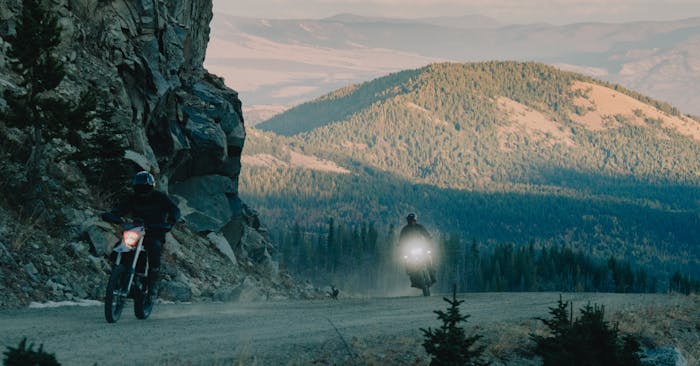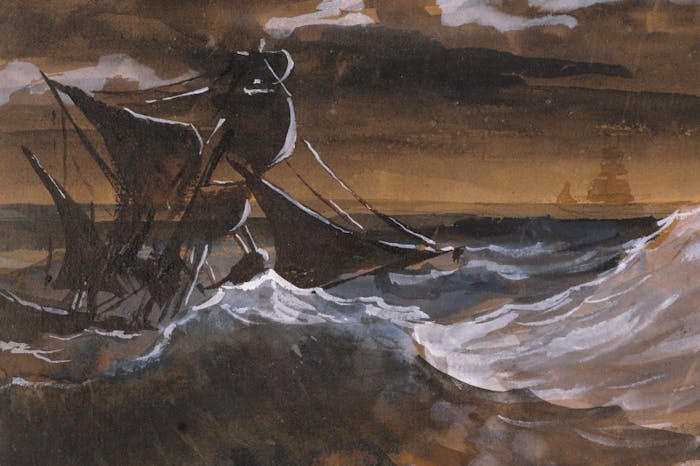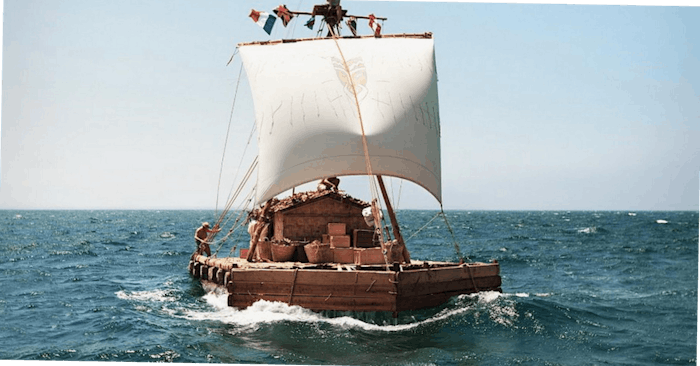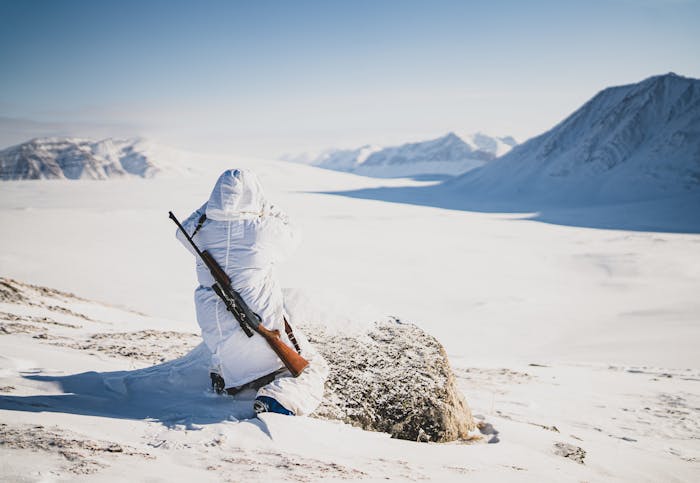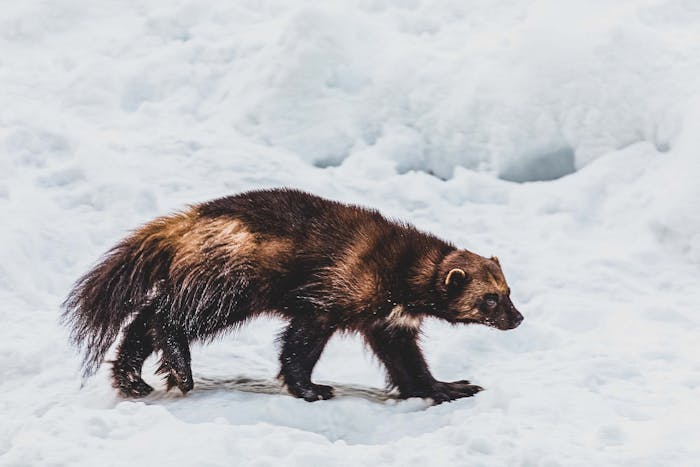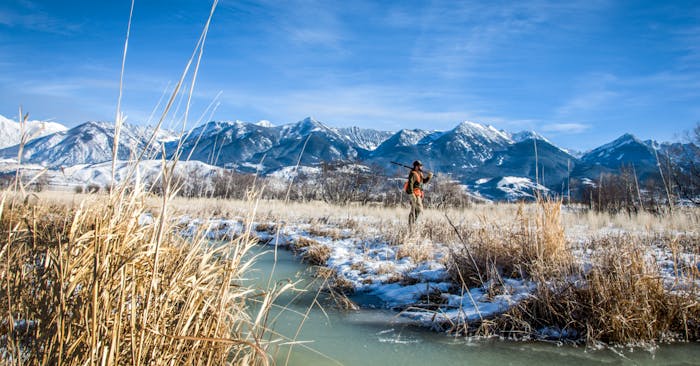For untold millennia humans have been strapping skis to their feet and heading out to hunt prey. In the Altai Mountains of western China, 10,000-year-old rock art depicts paleohunters engaging in the practice, while 4,000-year-old rock carvings in Norway show the same thing. Its DNA is even found in the biathlon of the Olympic Games.
Hunting for game on skis is not easy. It requires commitment. The weather is often harsh, the trails challenging, and the quarry difficult to find. It’s a more organic way of stalking prey. The advantages that the modern hunter has are fewer. It’s more akin to times past when hunting was much more rugged and dangerous. Skiing into the backcountry off the highway can be deadly, especially in the spring. Storms can blow up unexpectedly, the temperatures often top out at twenty below, equipment fails, and there is no lifeline. You are on your own.
Read more
